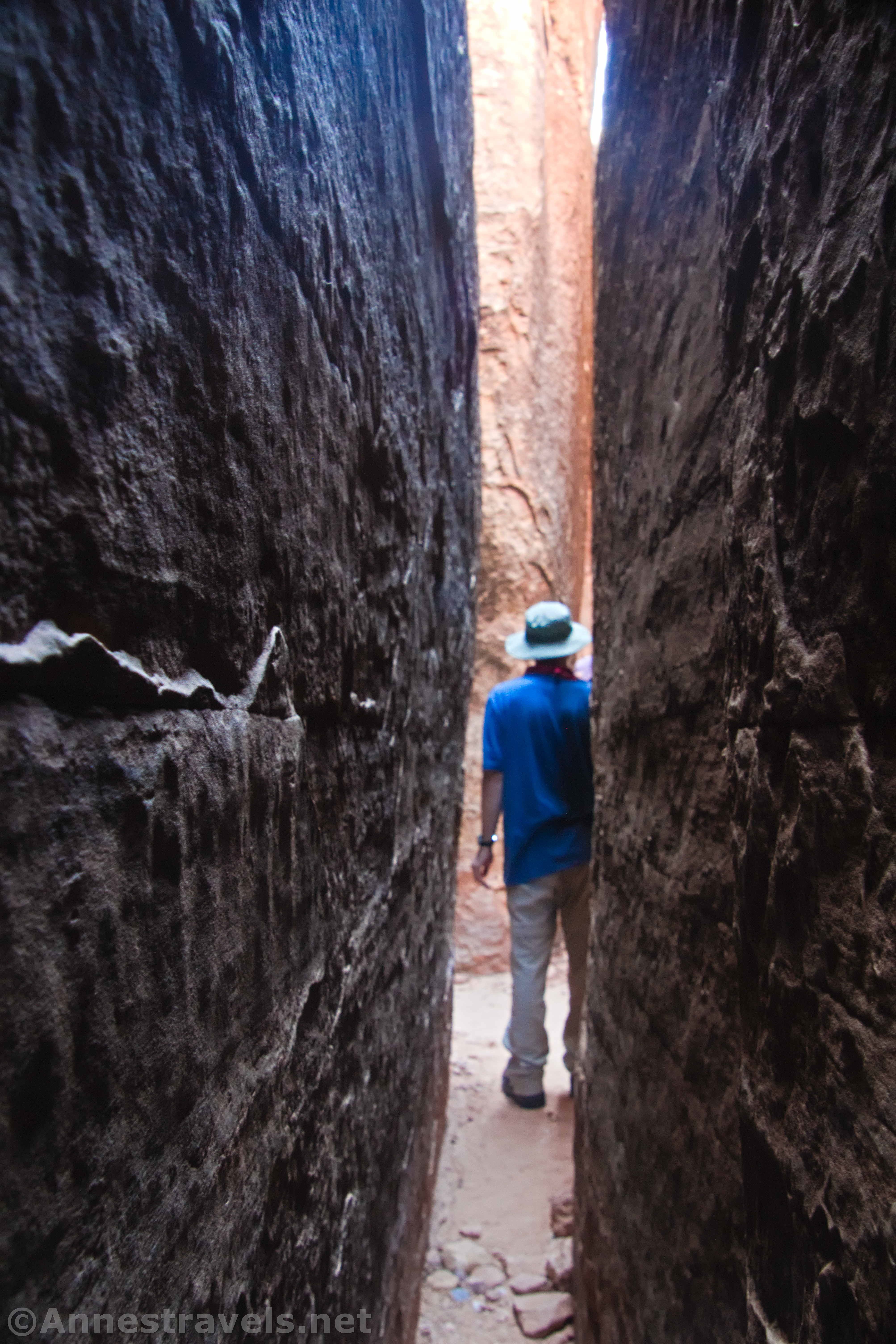
A photographer’s worst nightmare is lack of light. If you’re in deep shadows or a cave or narrow canyon or dense forest or early morning/late evening or other dim setting, there may not be enough light to take a good photograph. There are things you can do to compensate for low light (mostly involving the exposure triangle, which we will explore in depth in upcoming lessons). If you’re in a very dim situation, you’ll need to take that into consideration before pushing the shutter button.

In dim settings, you will likely need to steady the camera by placing it on a tripod or steadying it against a firm surface, such as a rock or railing. This is because the camera is trying to allow more light to the sensor by keeping the shutter open for a longer period of time (longer shutter speed). Even the most steady hands will shake a little bit – this doesn’t matter for a shutter speed of, say, 1/100th of a second, but for 1/2 second, the shake will likely be visible in the form of a blurry picture.

On the other hand, too much light is just as problematic. Bright light will wash out objects in the picture, creating a very unappealing image.

As nature photographers, we can rarely control the amount of light on a given scene (unless you return to the site at a different time of day). And so we will need to compensate: Use a tripod and movement to avoid camera shake or turn down the exposure on a very bright, washed-out scene (we’ll talk about how to that when we discuss the exposure triangle in an upcoming lesson).